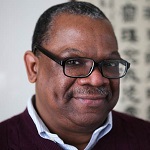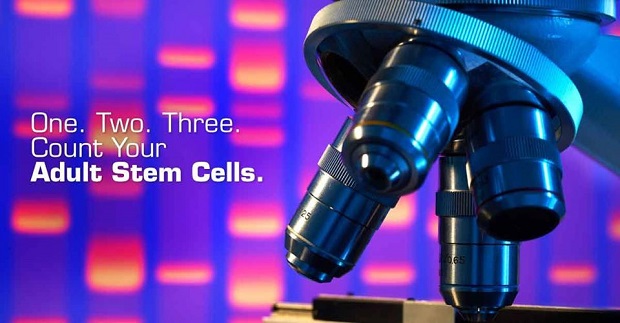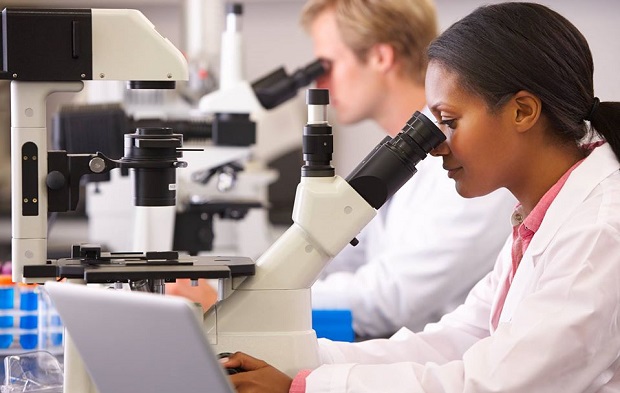Below is our recent interview with James L. Sherley, CEO of Asymmetrex:

Q: For those who haven’t heard of it, what is the best way to describe Asymmetrex?
A: Asymmetrex is a pre-finance biotechnology company that has a rich portfolio of patents for inventions that solve the major challenges limiting greater progress in stem cell medicine. Among our patents, the most recent provides the first-ever technology for counting tissue stem cells, like cord blood stem cells. We also have patents that address other challenges in stem cell medicine like biomanufacturing stem cells, so that more patients can have access to treatments from a limited number of stem cell donors. Our company is now focused on two main goals: educating the public, the stem cell medicine industry, and the pharmaceutical industry on the critical importance of knowing the number of tissue stem cells; and finding equity investors to help us accelerate the process of getting our stem cell counting tech into everybody’s vision and hands.
 Recommended: Banana Exchange Is The Source Of Funding MCA Providers
Recommended: Banana Exchange Is The Source Of Funding MCA Providers
Q: James, can you tell us something more about your background? How did you get to where you are today? What does your daily job look like?
A: I’m a physician scientist, with the good fortune of training with brilliant scientists and Nobel laureates at Harvard College, the Johns Hopkins University School of Medicine, and Princeton University. My first professional position was as a principal investigator at Fox Chase Cancer Center. I led research teams in cancer cell molecular biology at Fox Chase, before moving to MIT in 1998 to begin the stem cell research that is now the foundation for Asymmetrex’s intellectual property. The first vision for Asymmetrex was formulated at MIT. In 2007, I moved to Boston Biomedical Research Institute, continuing the development of Asymmetrex as an academic-industrial research center. In 2013, with BBRI’s untimely closure, I launched Asymmetrex.
Ask any prefinance start-up company CEO looking for customers and investors how they spend their day and multiply by two or three, and you will know the excitement and terror of my everyday!
Q: You’ve recently announced new algorithms for rapid low cost counting of therapeutic tissue stem cells; could you tell us something more?
A: For sure! I’ve been trying to confirm that such algorithms existed and discover them, since the time I arrived at MIT in 1998. My computing colleagues there were not excited to help me look for them. In 2008, I met Frank Abdi, founder and Chief Scientist at AlphaSTAR Corporation. Frank is a brilliant mechanical engineer, and his company has developed amazing suites of computer programs for computational simulation of complex constellations of statistical data. Frank and his team put my tissue stem cell kinetics ideas into software. Together AlphaSTAR and Asymmetrex solve the 6 decades unsolved tissue stem cell counting problem. Our AlphaSTEM TestTM technology can count any type of human tissue stem cell that can be grown in culture. However the problem has been that it takes several weeks of cell culture to generate the dataset that we need to make the stem cell count.
This past Christmas I was chatting with my oldest daughter, who I convinced to take statistics in high school, when I realized that the algorithms I had been searching for were sitting right in our software simulation data in an output that we use as an operations check, but not for any reporting. Before my daughter left at the end of her Christmas break, I was doing the Snoopy dance with her. Since then we have had enough time to confirm that different stem cell types have different algorithms; and we are now seeking development funds to incorporate the new algorithms into electronic cell counters to manufacture the first tissue stem cell counters.
What does it mean? Well, before we had to culture cells for 3-5 weeks to get a stem cell count. Now it takes only 3 days. That says it all. And it may get to be even less with more development.
Q: What are the benefits of stem cell research? What about the applications?
A: Simply put, providing a convenient way to knowing how many stem cells patients get in their treatments. It surprises many people to learn that, throughout medical and clinical practice, people are given stem cell treatments without the physician knowing how many stem cells they are giving them. And it is not because the stem cell dose doesn’t matter. Like any other medication, of course the dose is important. Doctors don’t know the stem cell dose in their treatments, because previous to Asymmetrex’s advance, there had been no way to count them. Now we can; and this will change everything.
Scarce blood stem cell transplants can now be divided among more waiting patients; children getting cord blood stem cell transplants will not have agonizing months of waiting to learn if they received enough stem cells; stem cell clinical trials can be better designed and interpreted; gene-editing companies can more efficiently determine the number of edited stem cells they are returning to patients; doctors and researchers can expect producers of stem cells to provide them quantified stem cell products; stem cell manufacturers and suppliers can better optimize their production processes; and, yes, stem cell scientists can improve their research to understand stem cells and develop the next generations of stem cell-based medicine.
Think about the impact of the microscope that allowed us to see and count any human cell. Now amplify that impact with the ability to count one of the most important cell types in our bodies that has been uncountable for the entire era of stem cell biology and stem cell medicine.
Q: What is the best thing about Asymmetrex that people might not know about?
A: First, good public education on stem cell medicine goes hand in hand with our mission to improve stem cell medicine for patients. Second, we can’t wait to be able to offer free internship programs for students with an interest in biomedical research opportunities, but limited access to them. If we had been able to have student trainees at Asymmetrex, I bet we would have discovered these algorithms two years earlier!
Activate Social Media:


 Recommended:
Recommended: 